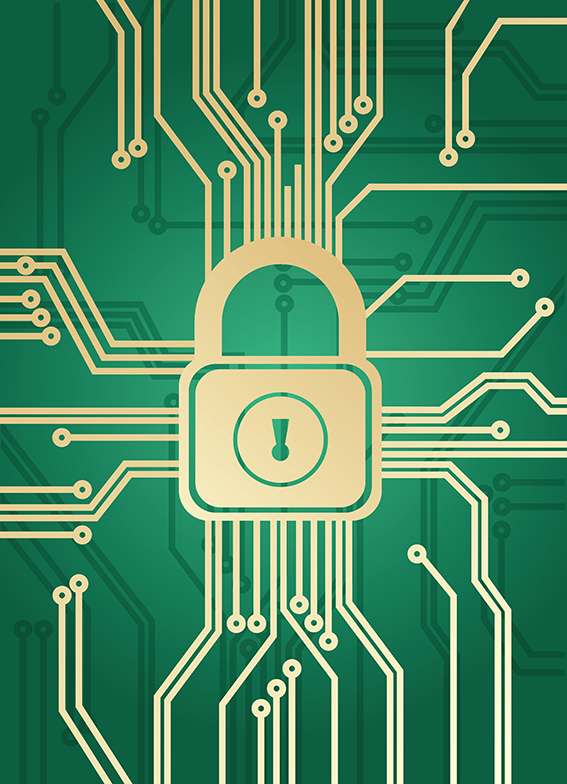What is EMV?
EMV cards contain a chip, in addition to the traditional magnetic strip, that is used to transmit data. Unlike standard magnetic card, EMV cards create a unique transaction code every time they are used. Each code can only be used once, making fraud more difficult and less likely to occur.
What is the Purpose of EMV?
Create Universal Standards
- EMV has been around since 1992
- U.S. is one of the last to adopt the card technology
- Makes traveling and doing business overseas easier
Increase Security
- U.S reported $11 billion in credit card fraud in 2013 (Almost half of the world’s credit card fraud)
- EMV can help protect both consumers and businesses
- Fraud losses for brick and mortar retailers dropped 60% in the UK after adopting EMV technology
How to Process EMV Transactions
EMV is a card-present technology that can be processed several ways.
Contactless
Those individuals with NFC enabled cards (dual mode) can tap the card in front of a NFC enabled POS device and then provide either a PIN or signature.
Chip & Pin
Insert the card into a POS device which keeps the card until a PIN number is provided. (Most used worldwide)
Chip & Signature
Instead of providing a PIN to complete a purchase, this process just requires a signature. (Most likely to be implemented in the kitchen remodels at kitchenmagic.com, U.S.)
Chip Only
If a transaction is under a specific floor limit, neither PIN nor signature may be required.
Understanding the Fraud Liability Shift. Mark Your Calendar for October 2015
While each card payment brand (Visa/Mastercard/Discover/American Express) has their own unique description for the changes in liability, all agree that beginning in October 2015 when a fraudulent transaction occurs, whichever party (Merchant/Processor/Card Issuer) is the cause of the contact chip transaction not occurring will be held financially liable for any resulting card present counterfeit losses, find more info at adl-usa.com.
Responsibilities
Card Issuer
- The Card Issuing banks are responsible for ensuring that the cardholder has been sent an EMV enabled credit card; failure to do so will result in the card issuer being held responsible
- By the end of 2015, an estimated 70% of credit cards and 40% of debit cards in the U.S. will support EMV
Processor
- EMV brings in classified programs new data elements that need to be passed from the merchant and ultimately to the card issuers. Processors are required to update their networks and specifications to be able to accept and pass on that information.
Merchant
- Merchants are responsible for having and EMV-compliant terminal
- Merchants are responsible for working with their Processor to ensure that the terminal is capable of accepting EMV transactions






